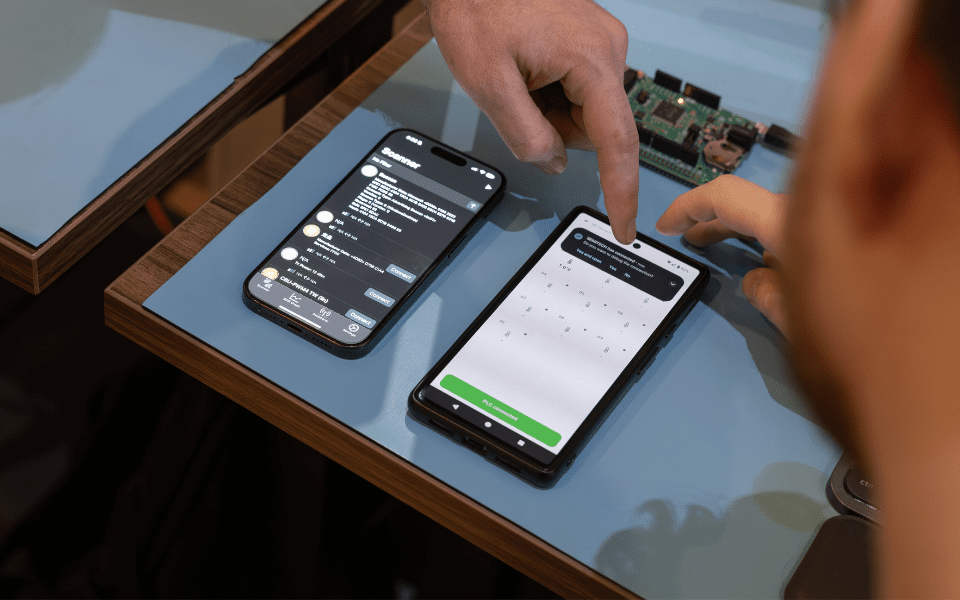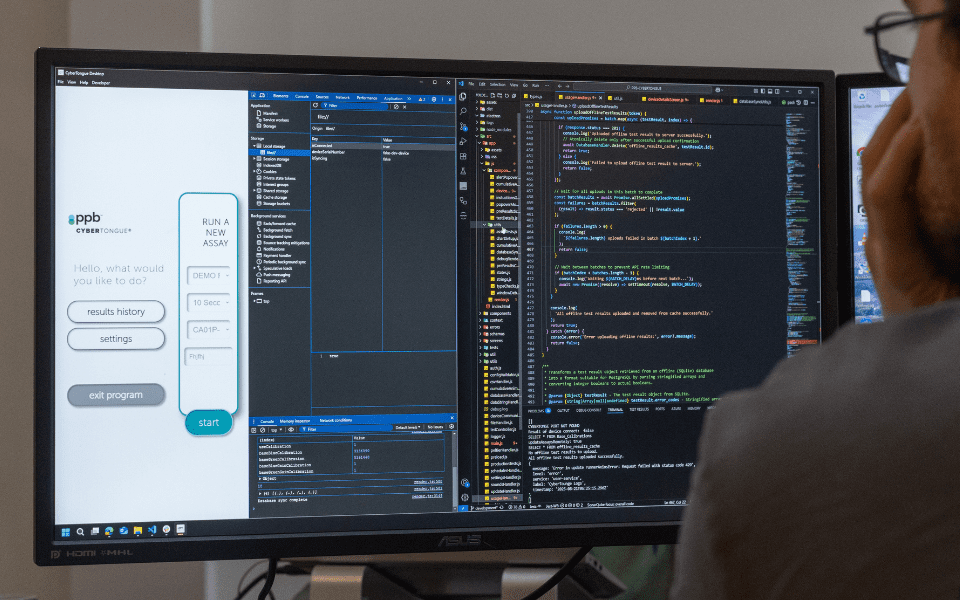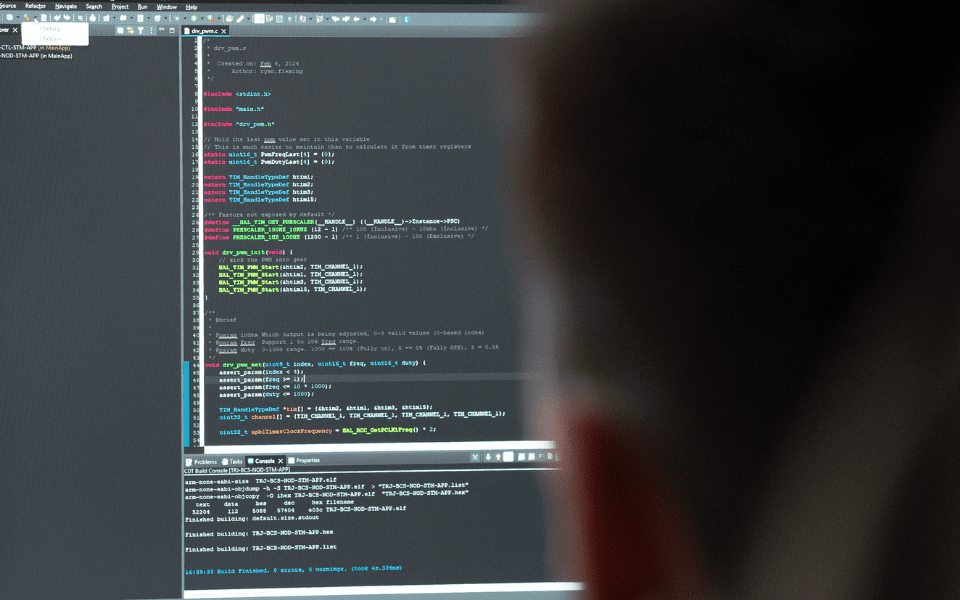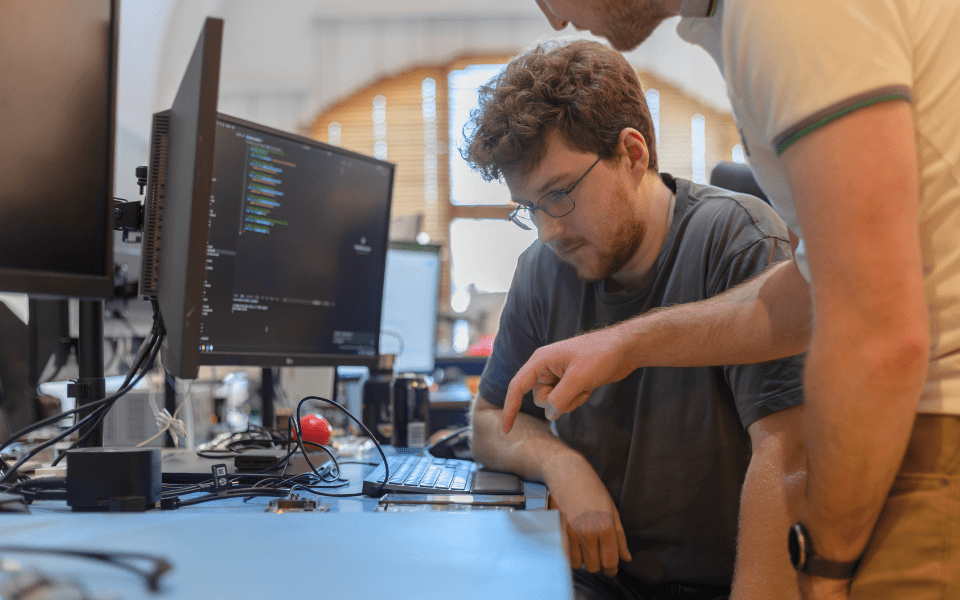Developing software that is optimised to work with electronic devices is a specialisation of Xentronics. We understand that software can be the key driver of value even for hardware centric products. We work hard to develop a close collaborative relationship with your in-house software team to deliver a seamless software development environment.
Software development for electronic products involves the rigorous application of software engineering methods to ensure product reliability. Methods include traceability of requirements to features and functions, architectural and interface design, test planning and implementation at multiple system levels, rigorous code reviews and release management, configuration management (version control) and more. There are several types of software that may be developed to support an electronic product including:

Software development is a mature discipline but there are still pitfalls that catch people out if they don’t apply a rigorous engineering process and some aspects that are rapidly growing in importance. Here are some key success factors we advocate at Xentronics:


As software increasingly underpins product value and commercial success, product managers should ensure their developers implement a rigorous engineering approach to software development in this vitally important aspect of their product. Key things to think about are:


At Xentronics, we are constantly seeking better ways to collaborate with all stakeholders in the software development process, including users, industrial designers, specialist software disciplines and of course our clients. Here are some key focus areas that underpin our collaboration practices:

Learn more about our other capabilities that support our product development services